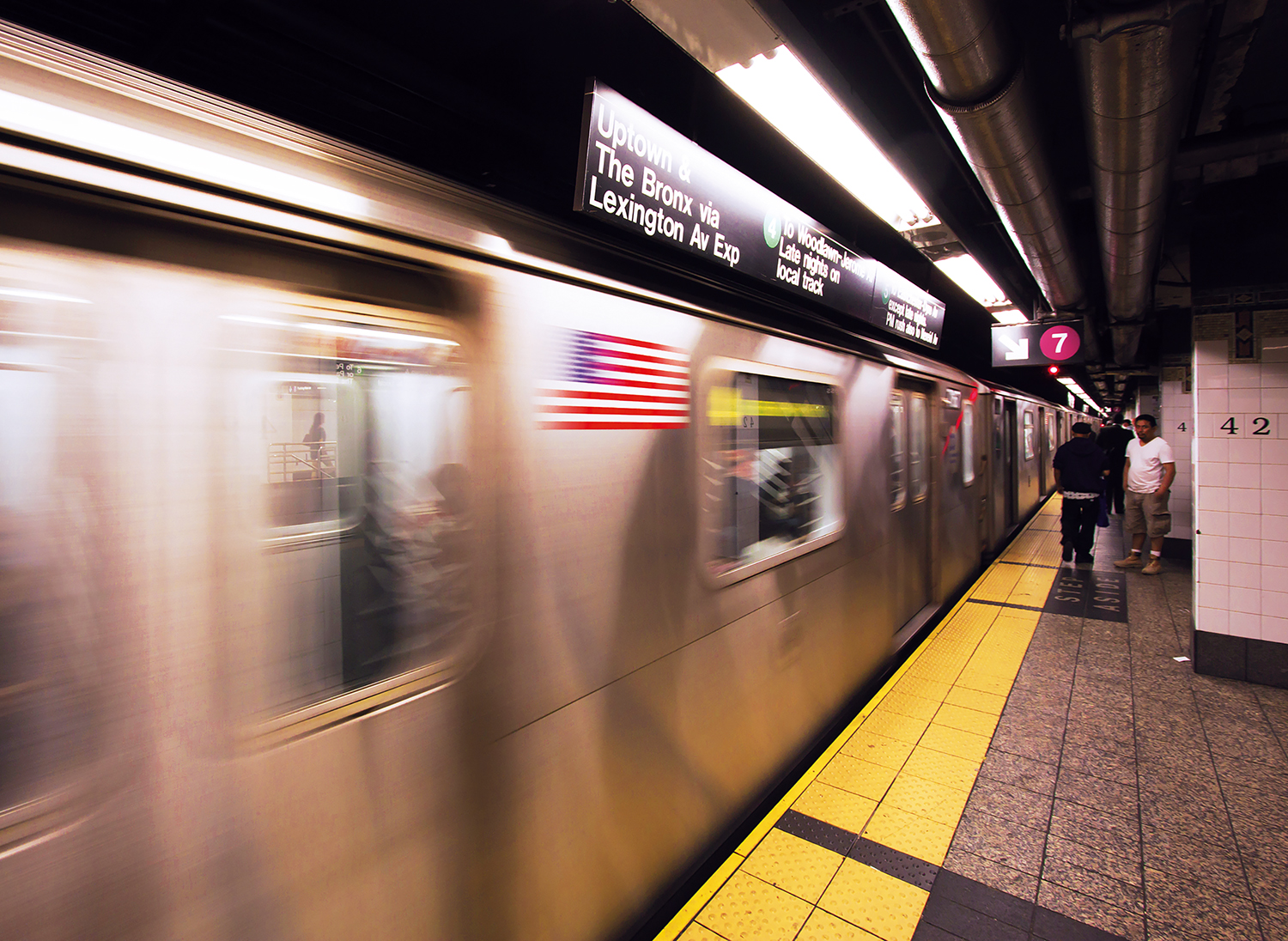
Porie Saikia FCIOB, who spearheads sustainability on New York’s Metropolitan Transportation Authority (MTA), recently received the prestigious Rockefeller Excelsior Award. Rod Sweet spoke to her.
What does receiving the Nelson Aldrich Rockefeller Award mean for you personally?
Rockefeller was very focused on the built environment. He was also an exceptional champion of public architecture. The Nelson Aldrich Rockefeller Excelsior Award recognises licensed architects employed in the public sector in New York State whose work on projects within their jurisdiction has furthered the cause of design excellence in public architecture.
As governor of the State of New York, he created the MTA. This is the organisation I’ve served for a good part of my career. Previously as its chief architect and currently as head of environment, energy and sustainability. Nelson Rockefeller exemplified commitment to public service, a role he assumed despite its demands. This award for me is a validation of a professional career dedicated to public architecture.
Give us an idea of the progress MTA has made toward climate sustainability.
MTA is one of the few public transit agencies, and certainly the largest, to sit at the table on climate dialogue locally, nationally and internationally. It serves 8 million customers daily with a 24/7 operation. With a $52bn (£43bn) capital programme, we are developing sustainable strategies and policies in our operations and development. MTA has committed to the Paris Agreement’s Science Based Target initiative (SBTi). Our plans to achieve them were approved by SBTi in November 2019.
What achievements are you most proud of so far in your MTA role?
First and foremost, my role has been to get the MTA, along with its five operating agencies including the NYC subways and buses, two commuter railroads, bridges and tunnels and the capital construction and development, to acknowledge the climate issue and engage in the climate dialogue.
That initially was an arduous effort as public transportation authorities in general are very mission-focused, here being “people moving”.

CV: Porie Saikia FCIOB
Metropolitan Transportation Authority, New York City: Currently senior environment, energy and sustainability director. Has held various other roles with the MTA since joining in 2014.
State of New York: Transportation Advisory Committee member, Climate Leadership and Community Protection Act, since 2020.
New York Building Congress: Building Foundation governor (2010-2017); chair, NYBC Council of Women (2012-2016); senior adviser (since 2017).
Other organisations worked for (selected): New York City Department of Environmental Protection (1985-1990). New York City Department of Design and Construction (1990-1996). LIRO Group (1997-2003); MTA (2003-2006). CH2M Hill (2007-2012).
CIOB: Ambassador for the Americas since 2010.
After the first couple of years of working on amassing consensus, cooperation and agreements, I am grateful that sustainability is now not only a feature of MTA policy, but is ingrained in its DNA. Transit agencies are by nature sustainable and are not as aggressively legislated to adhere to sustainable goals, so this was an important first step.
Now that all five agencies are voluntarily applying new transit-based sustainable standards of Envision to new construction, and energy-efficiency guidelines to all operational and maintenance programmes, it is definitely a testament of our conscious attempt to adapt to adverse climate conditions.
Of specific note, my department’s effort to set air quality goals though the United Nations programme and the Federal Transit Administration means the MTA now leads the surface transportation industry.
What lessons have you learned about instilling climate awareness in the MTA?
Thia is an organisation that employs 55,000 people and serves a tri-state region with many tiers of local government. I’ve learned that you must present the issue of climate change in concrete, pragmatic terms, such as its negative effects on our operations, and then offer solutions for how they can be averted or reduced in time. This must be an informed process of realistic understanding of how the organisation and its agencies can benefit themselves, and the environment, by adjusting policies.
How would you rate the climate awareness levels of built-environment professionals and organisations in the US right now?
Design professionals have been tremendously aware of the climate issues for almost two decades if not more. This is well reflected in much of the profession’s education programmes.
Construction professionals are less so as they are on the other end of the development continuum. They are very focused on constructability and cost. So, to create cohesiveness and continuation, there needs to be a concerted effort to build consciousness in the latter group.
Government organisations are moved by regulations which are only moved by legislative intent. Here, politics becomes central to the debate: there is a lot of conflict associated with this issue in the US.
However, with the current administration’s initiatives and aggressive push for climate awareness and adaptation technology, I am thrilled to see our industry taking that proverbial leap of faith.









